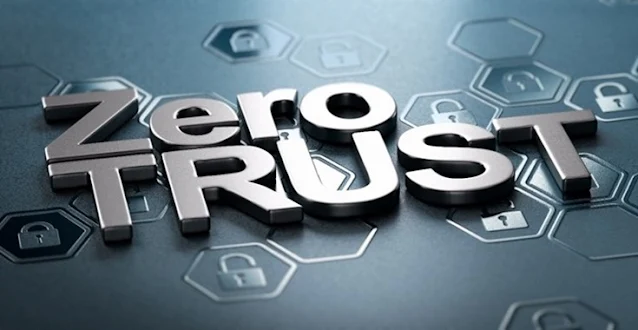🛡️ Zero Trust Security Frameworks in 2025: A Must-Have for Executives
With cyber threats growing more advanced, high-profile executives must adopt a Zero Trust Security Framework in 2025. Unlike traditional models, Zero Trust assumes that threats exist both inside and outside the network, requiring strict identity verification at every access point. This proactive approach ensures no user or device is inherently trusted.
💼 Executives and high-net-worth individuals are particularly vulnerable to targeted cyberattacks. A Zero Trust model deploys multi-factor authentication, micro-segmentation, and least-privilege access — minimizing exposure and maximizing protection.
Cloud-based infrastructures are increasingly adopting Zero Trust to protect sensitive financial and legal data. The need is even more urgent for C-level leaders and board members managing international assets and confidential transactions.
🔐 In 2025, companies offering Executive Cyber Insurance are now requiring Zero Trust as part of underwriting standards. This shift marks a turning point in how cybersecurity is valued, not just as protection — but as a risk prevention asset.
🚀 Why Zero Trust Is No Longer Optional
- ✅ Protects against internal and external threats
- ✅ Essential for compliance with modern cyber insurance policies
- ✅ Builds client trust and enhances brand integrity
If you're considering Executive Cyber Insurance, Zero Trust is your non-negotiable baseline.
Also, explore how to guard your digital life with identity theft protection strategies tailored for 2025 risks.
💡 Combining Zero Trust with Identity Theft Insurance provides a layered defense unmatched in today’s digital landscape.
